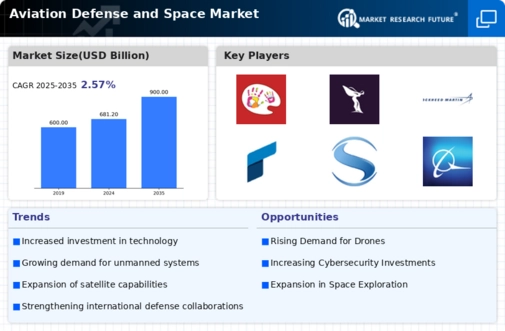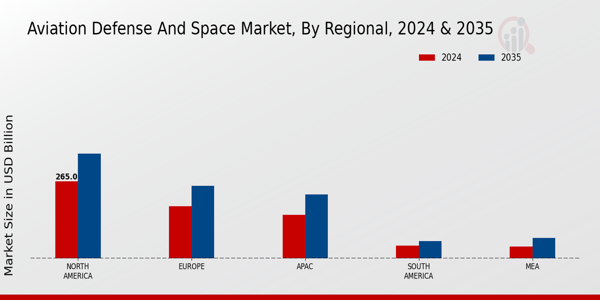The Global Aviation Defense and Space Market is characterized by rapid technological advancements and a competitive landscape that consists of diverse players, each contributing uniquely to the sector. This market is influenced by a multitude of factors including geopolitical tensions, budget constraints of national governments, and the pressing need for modernization of defense systems.
Companies within this industry are engaged in developing and supplying a wide array of products ranging from military aircraft and surveillance systems to satellite technologies.
The competitiveness of the market is fueled by the constant innovation in aerospace technologies and the growing emphasis on national security, leading to increased collaborations, partnerships, and mergers and acquisitions among companies aiming to enhance their market position and technological capabilities.
Leonardo has established itself as a formidable player in the Global Aviation Defense and Space Market through its commitment to innovation and technological excellence. The company boasts a robust presence across key segments such as defense electronics, helicopters, and aircraft systems.
Leonardo’s strengths lie in its comprehensive range of advanced solutions tailored for aerial defense and reconnaissance missions. Its investment in research and development has enabled the creation of cutting-edge technologies, allowing the company to stay ahead of market trends.
The emphasis on creating synergistic products that can operate seamlessly across different platforms further solidifies Leonardo’s position in the market. Additionally, strategic partnerships with various governmental bodies worldwide enhance its credibility and facilitate access to lucrative contracts, reinforcing its role as a leader in the aviation defense arena.
Airbus, a significant contender in the Global Aviation Defense and Space Market, is known for its extensive portfolio that includes military aircraft, space systems, and unmanned aerial vehicles. The company’s strengths are founded on its technological prowess and its significant investment in innovation, which have led to the development of versatile and high-performance defense solutions.
Airbus's commitment to sustainability and modernization presents it as a forward-thinking organization in an industry that increasingly values green technologies and efficient operations. Its ability to integrate advanced digital technologies into its offerings enhances operational capabilities and provides customers with superior support solutions.
Furthermore, Airbus’s strong partnerships with various military agencies and governments worldwide not only bolster its market presence but also ensure that it meets the evolving needs of defense forces while maintaining a competitive edge through continual updates to its product range.













